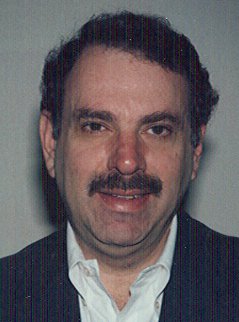Ron Kaplan, born in Los Angeles, California, USA, in 1946. Ph.D. from Harvard University, Cambridge. Research Fellow at the Xerox Palo Alto Research Center.
Fellow (1 September 1995 – 30 June 1996)
I spent my year at NIAS as a member of the theme group “Human Syntactic Processing”. Most of my previous work has focused on the development of symbolic, rule based theories of syntactic and morphological phenomena, and on the design of computational models that implement those theories in psychologically plausible ways. My goals for the fellowship year were to reflect on these previous approaches and to extend them further, but also to come to a better understanding of more recent proposals that are not necessarily rule or symbol based.
By and large I feel I made good progress towards those goals. Continuing my rule based work, I developed proposals for adding new descriptive operators and representational structures for the theory of Lexical Functional Grammar (LFG). These operators provide better ways for expressing the constraints on word order that various languages impose, and also for recording the relevant word order patterns so that their consequences for proper interpretation can be formally specified.
Through interactions with other theme group members I gained some understanding of two different non rule based approaches to syntactic modelling, the memory based learning approach that Walter Daelemans has been pursuing and the connectionist approach that Ronan Reilly has been investigating. I saw the driving motivation for these approaches and some of their appealing features, but I also got a sharper sense of what some of their formal and explanatory weaknesses might be.
My main focus was directed towards a third non rule based approach to syntax, the data oriented parsing (DOP) method that researchers at Amsterdam and Utrecht have proposed. We formed a working group and extended the data oriented method they had developed for surface phrase structure trees into one that would also apply to the more complex syntactic and semantic representations of LFG. Among other things, we developed a more general probability model for the DOP framework and a better understanding of how the various parameters of a particular DOP based model must be related.
I also studied another topic that has been of much current interest in the computational semantics community, the nature and logic of underspecified semantic representations. I developed a conceptual, mathematical, and computational framework for addressing these issues based on the method of contexted constraint satisfaction that had been applied previously only to syntactic representations.
